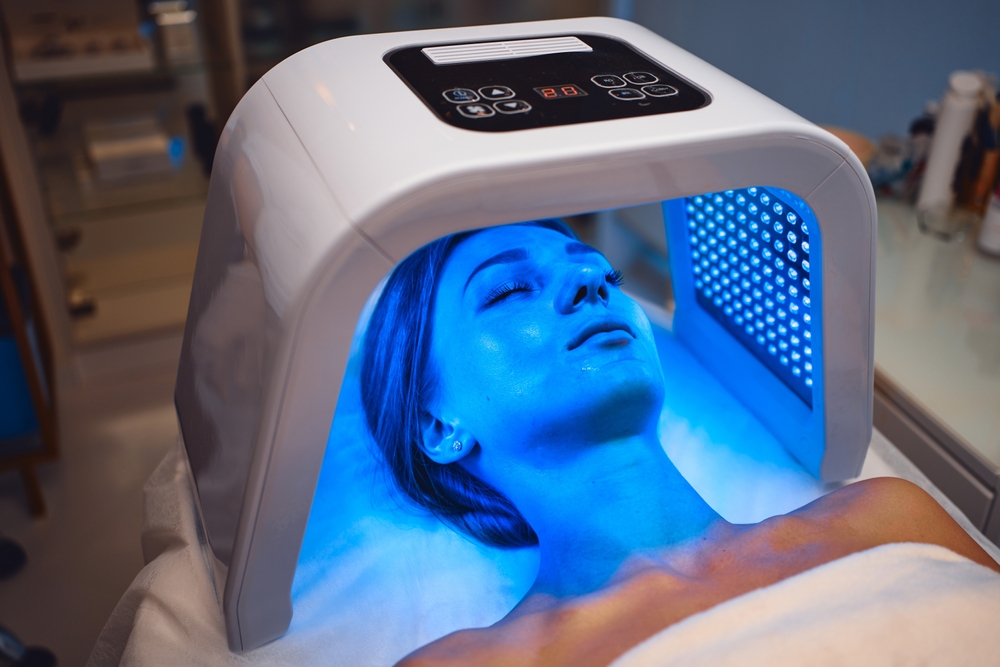Troubleshooting common issues with motorized foot tools
Motorized foot tools, such as electric foot grinders, can simplify home pedicure routines and offer professional-style results when they function properly. This article outlines typical problems users encounter, diagnostic steps, and safe fixes to restore performance and reduce risk of skin irritation or device damage. The guidance focuses on practical, non-promotional troubleshooting suitable for consumers and professionals alike.

This article is for informational purposes only and should not be considered medical advice. Please consult a qualified healthcare professional for personalized guidance and treatment.
Why won’t the motor start or the device lose power?
A non-starting or intermittently powered motor is a common complaint with motorized foot tools. Start with the basics: check the power source, cord, and any battery contacts. If the unit is battery-operated, weak or improperly inserted batteries often cause slow or no rotation. For corded models, inspect the power cable and plug for visible damage. Some tools include safety switches that prevent operation when the head is not secured; verify attachments are locked in place. Overheating can trigger thermal cutouts—allow the device to cool fully and retry. If electrical faults persist, stop using the tool and consult a qualified technician or the manufacturer’s authorized service center to avoid electric shock or fire risks.
Could bath, cream, or skincare products affect operation?
Exposure to water from a bath or moisture from creams and lotions can harm internal components and bearings in a motorized foot tool. Many models are not fully waterproof; even splash-resistant devices can fail if submerged. Oily skincare creams and emollients may clog vents or reduce friction on rotating parts, causing slippage or uneven grinding. After use, wipe the tool with a dry cloth and use only manufacturer-recommended cleaners. If a device has been exposed to bath water or creams, allow it to dry completely before powering on. Persistent residue buildup might require careful disassembly by a specialist to prevent further damage.
When should clinic, hospital, or specialists be involved?
If you experience skin breaks, severe pain, signs of infection, or unusual bleeding after using a foot tool, consult a clinic, hospital, or a wound-care specialist. People with diabetes, poor circulation, neuropathy, or compromised skin integrity should avoid aggressive at-home grinding and seek professional podiatry or dermatology care instead. Specialists can provide safe debridement and advise on suitable devices or alternative treatments. For professional environments like dental clinics or cosmetic clinics offering foot care, ensure devices meet medical-grade standards and that staff follow infection control protocols to protect patients and clients.
How can technology and attachments cause grinding issues?
Attachments, rotation speeds, and abrasive materials vary by model and affect performance. Worn or improperly seated heads produce vibration, noise, or inconsistent abrasion. Some abrasive rollers or discs are intended only for coarse dead skin, while finer attachments are for smoothing—using the wrong head can feel like clogging or stalling. Check that attachments are compatible with your model and replace consumables regularly. Advances in motor and battery technology have led to quieter, longer-lasting units, but electronic speed controllers may fail; unusual humming, burning smells, or a lack of speed adjustment suggest an internal electronics fault requiring professional repair.
Are there concerns related to facial, whitening, bleaching, or surgical skincare parallels?
Although foot tools address calluses and rough skin rather than facial skincare or whitening, parallels exist in safe-use principles: avoid aggressive abrasion on thin or compromised skin, and follow product instructions for creams or treatments. Bleaching or whitening agents intended for teeth or facial use should never be applied to areas treated with mechanical grinders. Likewise, if someone recently had neck, facial, or plastic surgery, or procedures affecting circulation or sensation, they should consult their surgeon or specialist before using abrasive devices elsewhere on the body. Cross-disciplinary awareness—between skincare, dental products or dental hygiene practices, and surgical aftercare—helps minimize complications.
Maintenance tips for longevity and safe results
Routine maintenance reduces most common issues. Clean and dry attachments after each use, store the device away from humid baths or sinks, and replace rollers according to the manufacturer’s cadence. Lubricate moving parts only if the manual specifies doing so. Inspect for wear: frayed cords, cracked housings, and loose screws warrant repair or replacement. Users should prioritize models with clear safety features and accessible customer support. Mental health considerations matter too—if personal grooming tasks cause stress or physical discomfort, consult a healthcare professional for alternatives or assistance.
Conclusion
Motorized foot tools are effective when used and maintained correctly, but power faults, moisture exposure, worn attachments, and misuse can cause poor results or safety issues. Regular inspection, adherence to manufacturer guidance, and professional consultation for medical conditions help ensure safe, consistent performance. When in doubt about device faults or skin reactions, seek qualified technical or medical assistance rather than attempting risky repairs or aggressive treatment at home.





